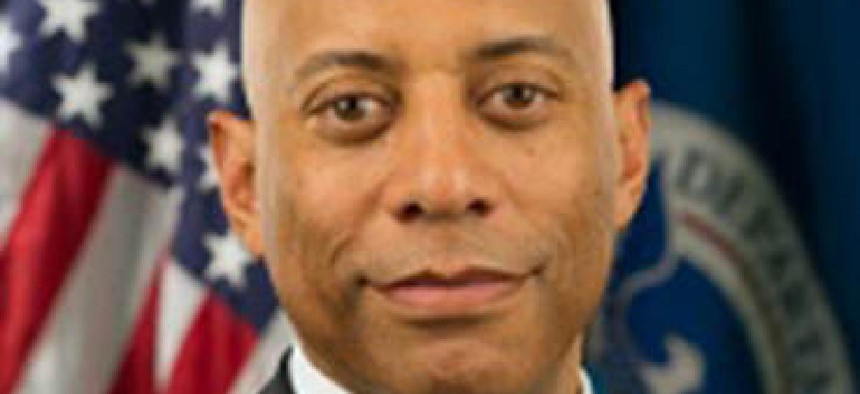DHS sketches the tech future

The department's Science and Technology Directorate aims for seamless cybersecurity infrastructure as part of its long-term plan for technological development.

DHS ndersecretary for Science and Technology Reginald Brothers
Reginald Brothers will probably be out of his job in another two years or so. But he's making policy plans for the next three decades.
This week, Brothers -- Homeland Security undersecretary for science and technology -- laid out an ambitious, though very general, long-term agenda for DHS's tech-development arm that concentrates on developing a seamless cybersecurity infrastructure, networked threat detection technology, and speedier traveler and cargo security detection capabilities.
Brothers unveiled the goals for the Science and Technology Directorate after consultation with a number of stakeholders.
"As the primary research and development arm of DHS, S&T needs to look ahead -- 20 to 30 years out -- to determine where we should be dedicating our research and development resources now," he said in a statement announcing the "the directorate's North Star."
"The long-term goals were finalized following an extensive collaboration effort that yielded input and suggestions from thousands of stakeholders in government, academia, and the nation's private sector industrial base," Brothers noted.
The Senate confirmed Brothers as S&T undersecretary in April, making him science adviser to DHS Secretary Jeh Johnson and Deputy Secretary Alejandro Mayorkas. When President Barack Obama leaves office in January 2017, all three are likely to go with him (if they haven't departed already). But that doesn't stop the wish-listing.
Among the goals S&T will work toward in the coming years, according to Brothers, will be a self-detecting, self-protecting and self-healing cybersecurity infrastructure that operates in the background. "Users will trust that information is protected, illegal use is deterred, and privacy is not compromised," he said.
The directorate will also work to develop predictive analytics, risk analysis, and modeling-and-simulation systems that will enable critical and proactive decisions based on the most relevant information, transforming data into actionable information.
"Even in the face of uncertain environments involving chemical, biological, radiological or nuclear incidents, accurate, credible and context-based information will empower the aware decision maker to take instant actions to improve critical outcomes," Brothers said.
Additionally first responder technologies will be threat-adaptive and cross-functional, he predicted. Future responders will have comprehensive physical protection, interoperable tools and networked threat detection and mitigation capabilities.
Brothers said S&T also aims to speed up airport security technologies, to provide "unobtrusive" technology for people, baggage and cargo to move more fluidly.





